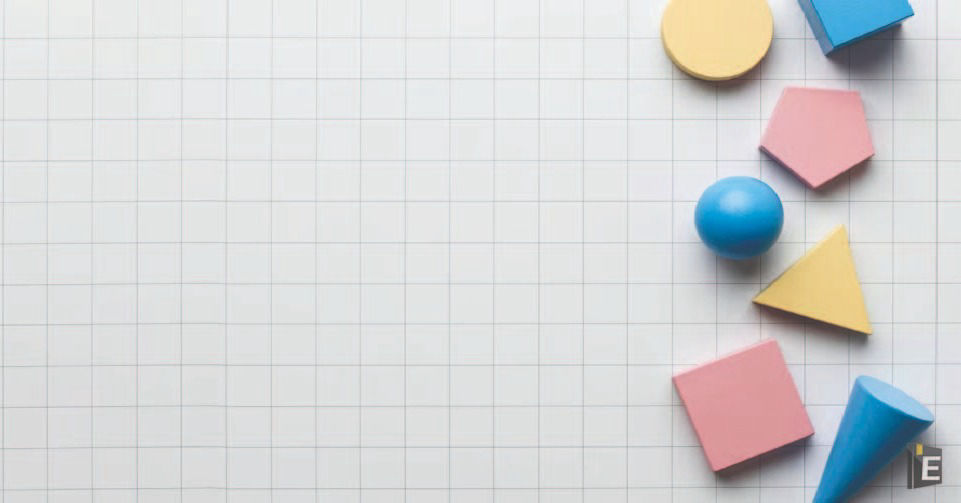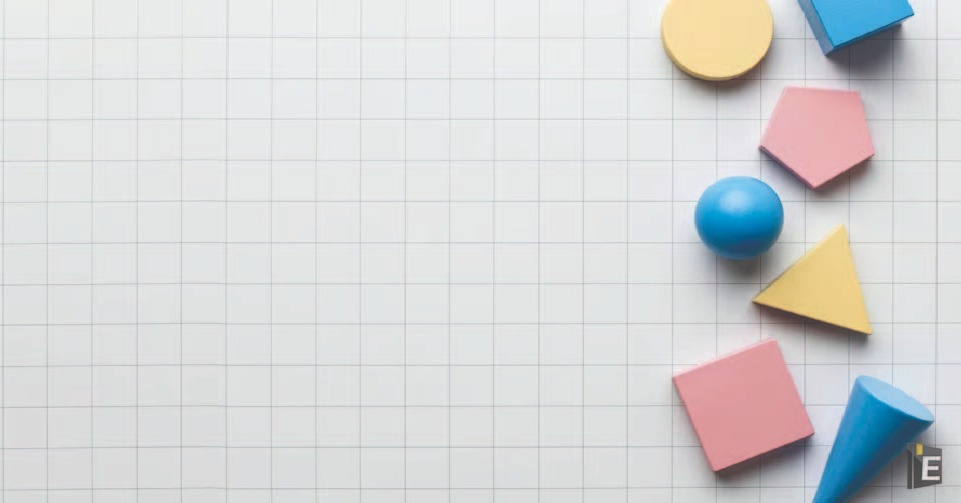


In an examination, 34% of the students failed in mathematics and 42% failed in English. If 20% of the students failed in both subjects, then find the percentage of students who passed in both subjects.
(A) 40%
(B) 41%
(C) 43%
(D) 44%
To find the percentage of students who failed in at least one subject (A or B or both), we can use the principle of inclusion-exclusion:
Percentage of students who failed in at least one subject (A or B or both) = Percentage of students who failed in M + Percentage of students who failed in E - Percentage of students who failed in both subjects
= M + E - B
= 34% + 42% - 20% = 76% - 20% = 56%
So, 56% of the students failed in at least one subject.
Now, to find the percentage of students who passed in both subjects, we subtract the percentage of students who failed in at least one subject from 100%:
Percentage of students who passed in both subjects = 100% - Percentage of students who failed in at least one subject = 100% - 56% = 44%
Therefore, the percentage of students who passed in both subjects is 44%.
A is 80% more than B and C is
(A) 30
(B) 15
(C) 25
(D) 20
If (x+20)% of 250 is 25% more than x% of 220, then 10% of (x + 50) is what per cent less than 15% of x?
(A)
(B)
(C)
(D)
Anuja owns
(A) 2,70,000
(B) 2,81,250
(C) 2,25,000
(D) 2,62,500
If the radius of the base of a right circular cylinder is increased by 20% and the height is decreased by 30%, then what is the percentage increase/decrease in the volume?
(A) Decrease 0.8%
(B) Increase 2%
(C) Increase 0.8%
(D) Decrease 2%
Rishu saves x% of her income. If her income increases by 26% and the expenditure increases by 20%, then her savings increase by 50%. What is the value of x?
(A) 25
(B) 30
(C) 20
(D) 10
A certain number of students from school X appeared in an examination and 30% students failed. 150% more students than those from school X, appeared in the same examination from school Y. If 80% of the total number of students who appeared from X and Y passed, then what is the percentage of students who failed from Y?
(A) 24
(B) 20
(C) 16
(D) 18
If 20% of (A + B) = 30% of (A − B), then what percentage of B is equal to A?
(A) 400%
(B) 300%
(C) 500%
(D) 100%
The price of sugar increases by 15%. By what percentage should the consumption of sugar be decreased so that the expenditure on the purchase of sugar remains the same? [Give your answer correct to 2 decimal places.]
(A) 11.11%
(B) 12.5%
(C) 14.16%
(D) 13.04%
To solve this problem, let's denote:
After the price increases by 15%, the new price becomes 1.15P.
To keep the expenditure constant, the new quantity consumed (let's call it Q') can be calculated using the formula:
New expenditure = New price × New quantity
Setting the new expenditure equal to the initial expenditure:
PQ = (1.15P) * Q'
Now, solve for Q':
Q' = PQ / (1.15P)
Simplify:
Q' = Q / 1.15
Now, let's find the percentage decrease in consumption:
Percentage decrease = [(Q - Q') / Q] * 100
Substituting the value of Q':
Percentage decrease = [(Q - (Q / 1.15)) / Q] * 100
Percentage decrease = [(Q * (1 - 1/1.15)) / Q] * 100
Percentage decrease ≈ [(1 - 0.8696) * 100] ≈ 13.04%
Therefore, the consumption of sugar should be decreased by approximately 13.04% to keep the expenditure on the purchase of sugar the same after a 15% increase in price.
Two candidates contested an election. One of them got 64% of the votes and won by 434 votes. What was the total number of votes polled?
(A) 1550
(B) 1345
(C) 1680
(D) 1684
Get the Examsbook Prep App Today